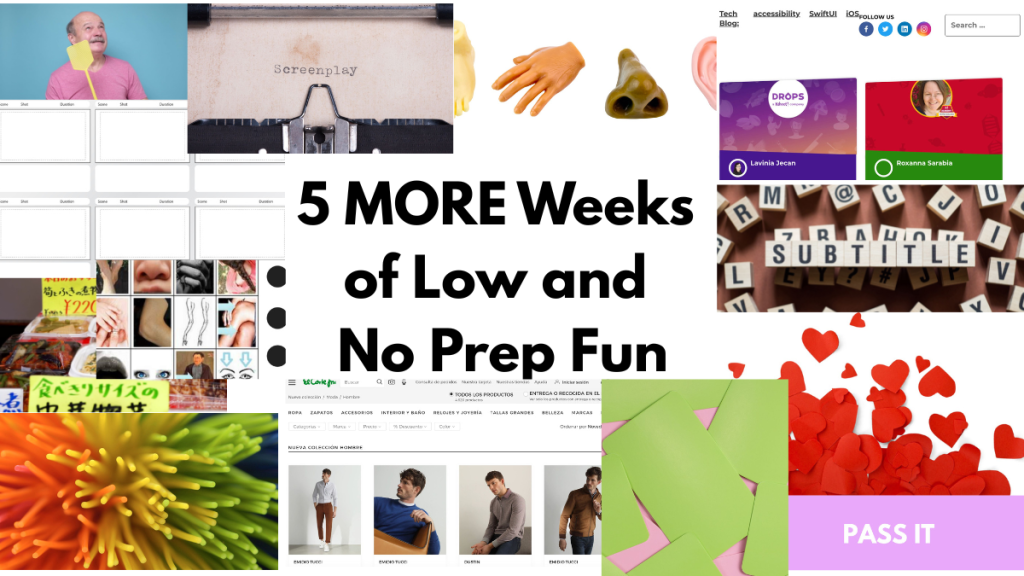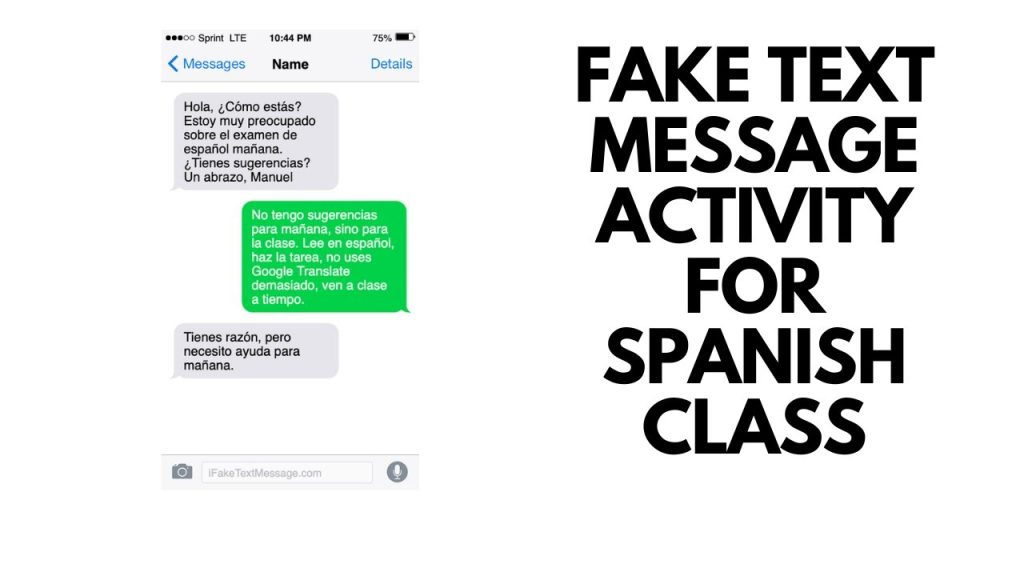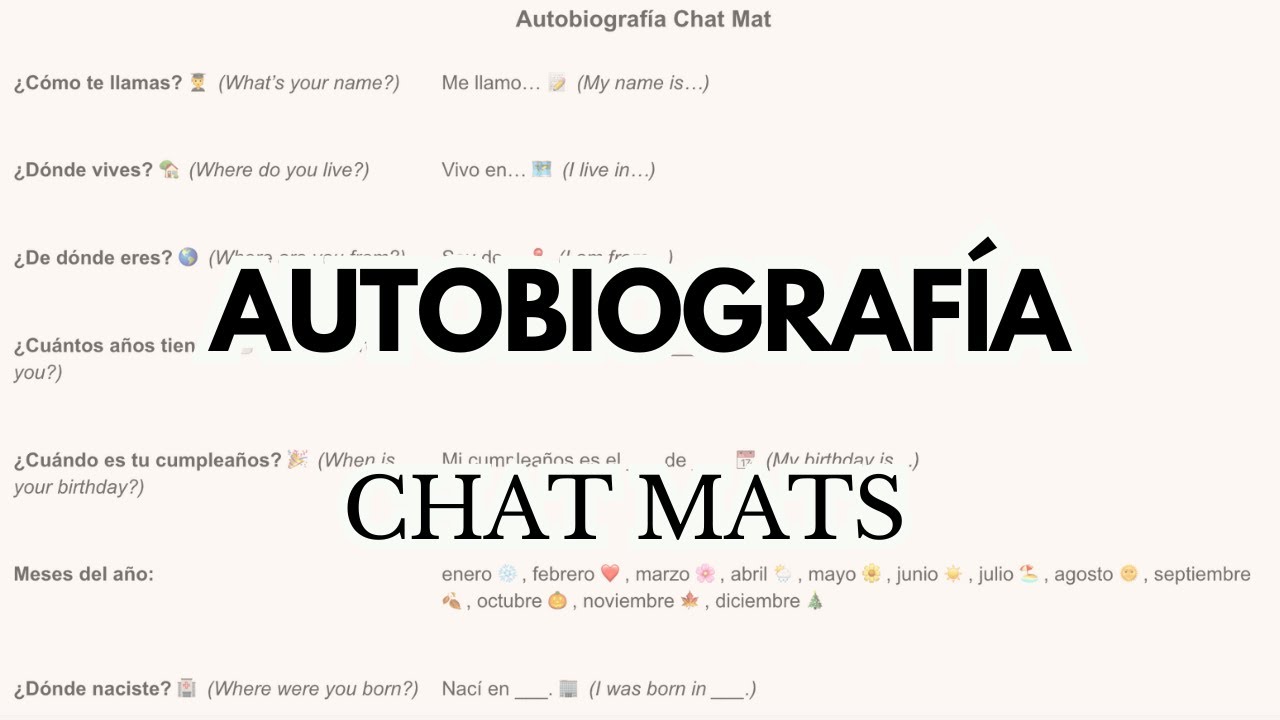
Introduction
This writing activity to learn Spanish is a quick, flexible way to review core vocabulary and basic grammar while getting students talking about themselves. I present a short autobiography project that works as a written assignment, a video, a presentation—or as a spoken warm-up using chat mats. The activity encourages meaningful interaction, natural repetition, and a chance to practice shifting perspectives (first person to third person).
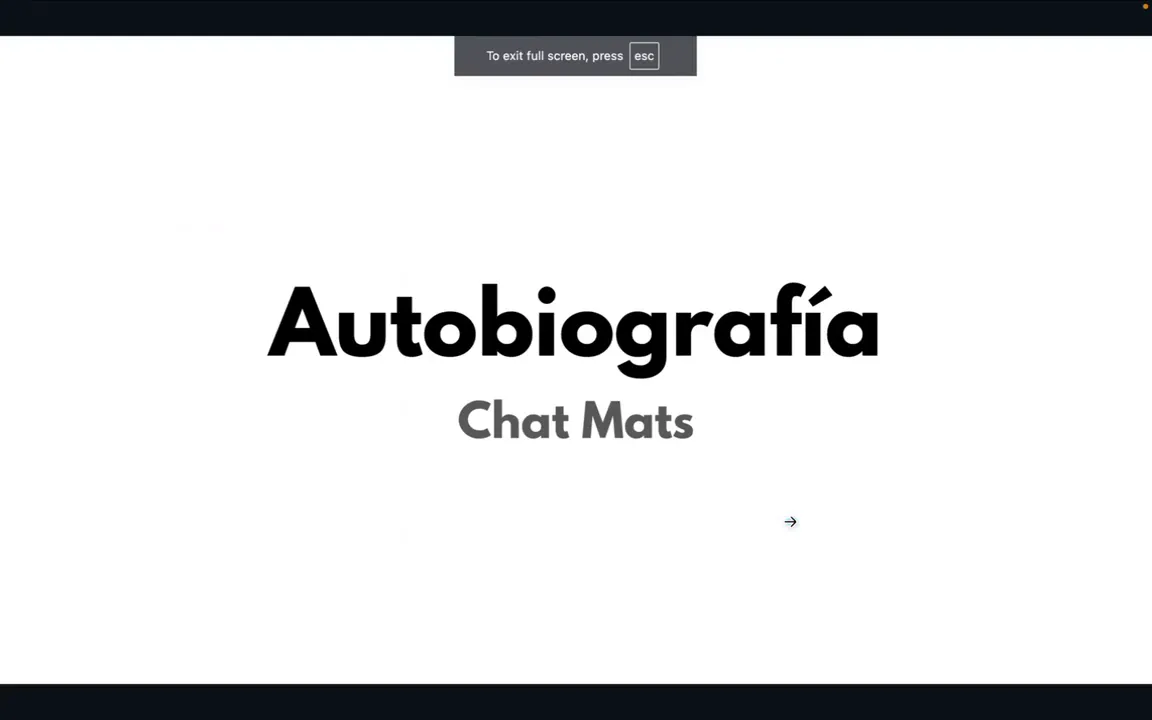
Why this works
“a fun way to review some really basic concepts is to do a little autobiography”
The format keeps students engaged because it connects language practice to personal information—names, hobbies, family, routines—so vocabulary is memorable. Pairing it with partner interviews adds a communicative, social element that increases speaking time and helps with listening comprehension.
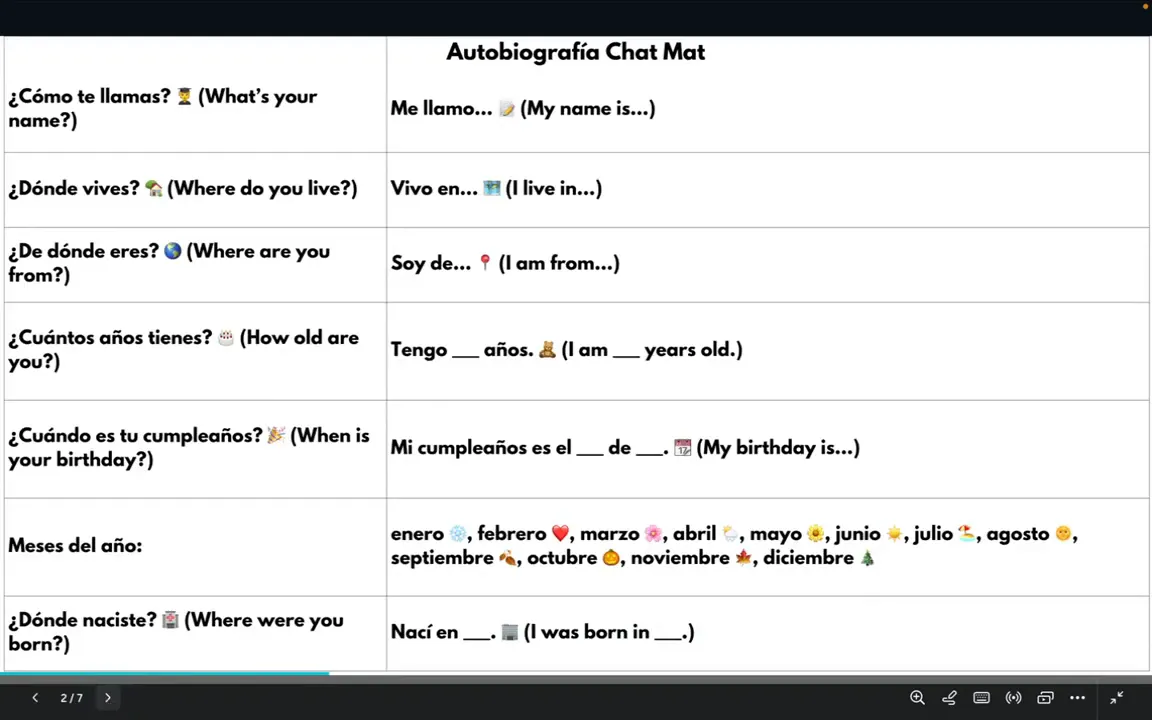
How to run the activity
Use this step-by-step setup in a variety of class sizes and levels:
- Decide on the final product: written autobiography, short video, live presentation, or just a spoken warm-up.
- Arrange students in two lines facing each other. Give them a chat mat or prompt sheet with questions and phrases to guide the interview.
- Have one line rotate so each student interviews several partners while the other line stays put. Time each round (2–4 minutes) depending on level.
- After cycling through partners, ask students to report about the people they interviewed—this encourages third-person narration.
Suggested interview prompts
- ¿Cómo te llamas? / ¿De dónde eres?
- ¿Qué te gusta hacer en tu tiempo libre?
- Describe a tu familia.
- ¿Qué estudias / trabajas? ¿Cómo es un día típico?
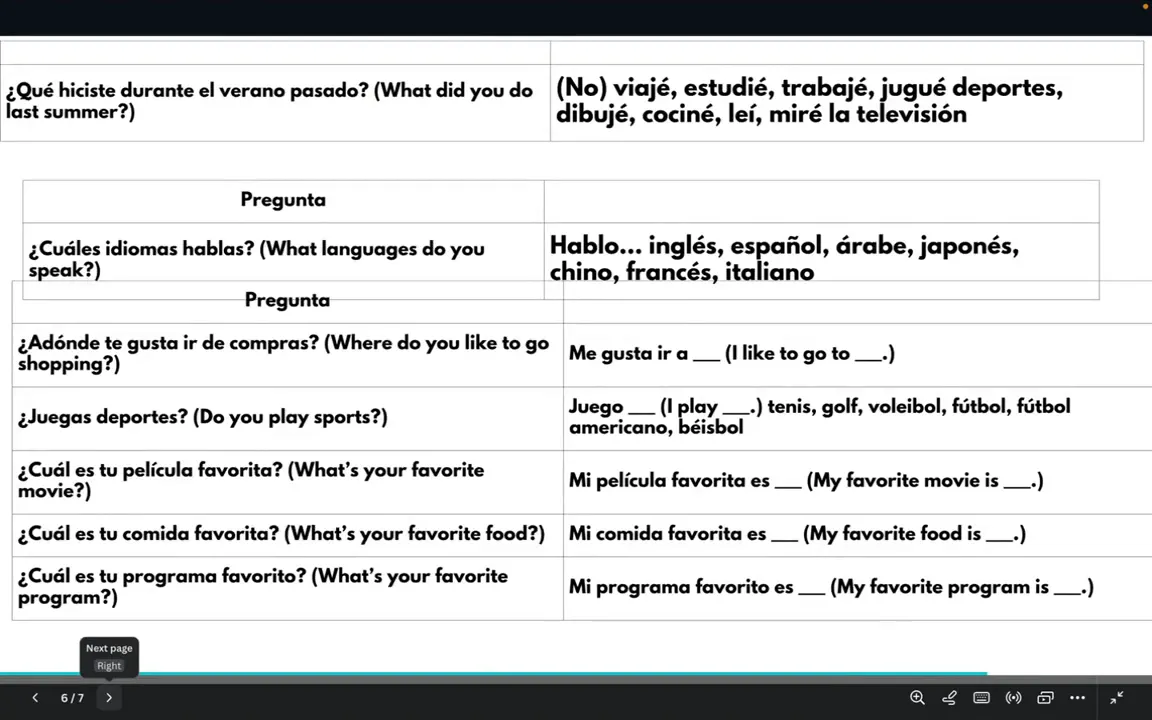
Grammar focus and extensions
After interviews, use follow-up questions to practise third-person verb forms and perspective shifts. For example, have students change answers from “yo” to “él/ella” or from “tú” to “él/ella” and conjugate verbs accordingly. This is an ideal moment to introduce or reinforce:
- Third-person singular and plural verb endings
- Possessive changes (mi → su)
- Reporting verbs and simple past or present tense depending on level
Variations and assessment
Turn the project into a summative task: a polished written autobiography, a short recorded video, or a live presentation. For low-prep days, keep it as a rotating interview warm-up. Use checklists for vocabulary, pronunciation, and correct verb forms when assessing.
Conclusion
This writing activity to learn Spanish is versatile, low-prep, and highly effective for practicing real communication and basic grammar. Whether you use it as a writing assignment, a video project, or a speaking warm-up, it gets students producing language and listening with purpose.
